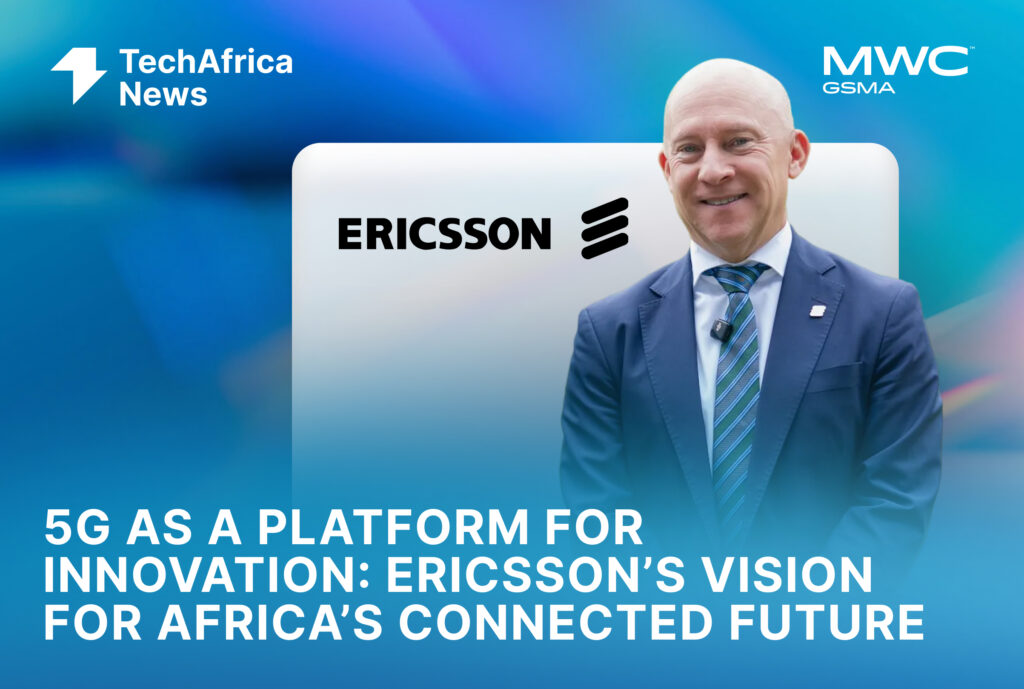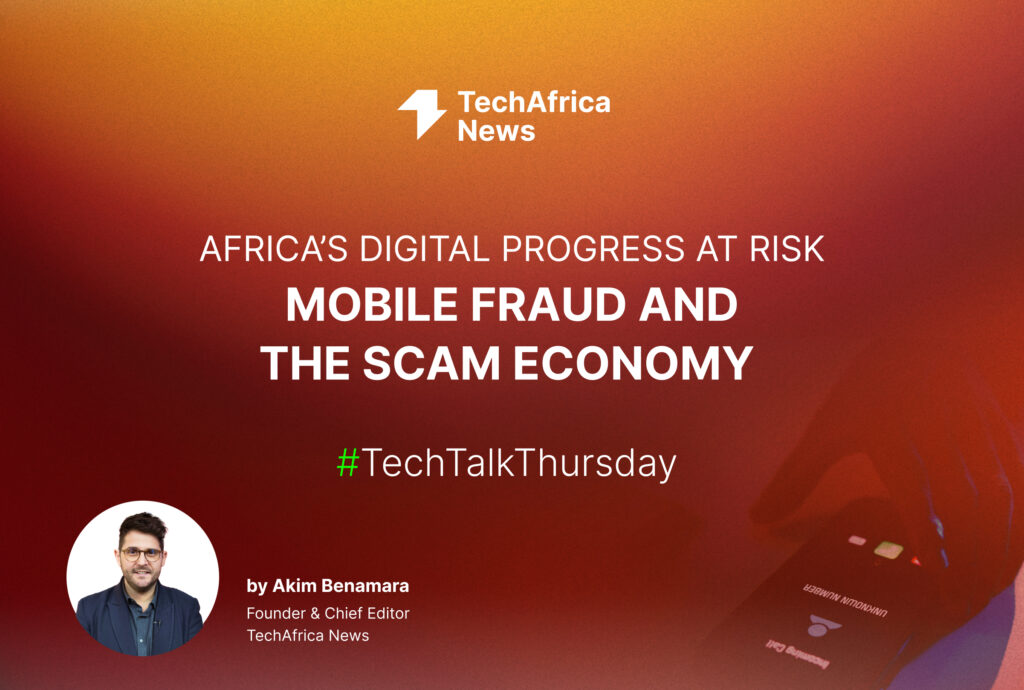5G as a Platform for Innovation: Ericsson’s Vision for Africa’s Connected Future at MWC’25 Kigali
At the Mobile World Congress (MWC) Kigali 2025, Akim Benamara, Chief Editor and Founder of TechAfrica News, spoke with Patrick Johansson, President and Head of Ericsson Europe, Middle East, and Africa.
Their discussion focused on the future of connectivity, digital transformation, and inclusive growth across the continent. He shared his perspective on Africa’s remarkable progress in mobile networks, highlighting the scale, speed, and potential of 4G and 5G deployments, while also reflecting on the broader societal and economic impacts that come with connectivity.
- 0:21 – 1:26: Africa’s Connectivity Growth
- 1:29 – 2:07: Driving Inclusivity
- 2:13 – 4:08: Accelerating Digital Transformation & Sustainability
- 4:15 – 5:08: 5G as a Platform for Innovation
- 5:11 – 7:38: Challenges, Opportunities & Young Population
- 7:42 – 8:40: Public-Private Partnerships & Conclusion
Africa’s Rapid Connectivity Growth
Johansson highlighted the continent’s fast-paced development in digital infrastructure. With 5G rolling out alongside expanding 4G networks, Africa is seeing connectivity scale at unprecedented levels. By 2030, projections estimate 400 million 5G subscriptions and up to 800 million smartphones. This growth is not only about speed—it is about building a platform for innovation that supports economic growth, financial inclusion, and broader societal development.
Driving Inclusivity Across the Continent
While device affordability and digital literacy remain challenges, Ericsson’s work in Africa is helping bridge the gap. Johansson noted that operators are actively reducing handset prices and expanding services to reach underserved populations. Financial inclusion, powered by digital platforms, is creating new opportunities and enabling early adopters to drive wider adoption.
Sustainability and Energy Efficiency
Johansson emphasized the importance of sustainability in Africa’s network development. Ericsson develops infrastructure specifically for the continent, balancing performance with energy efficiency. Their approach includes designing radios tailored to African spectrum needs, minimizing e-waste, and pursuing net-zero objectives. Modern technology allows networks to be more efficient while supporting growing demand.
5G as a Platform for Innovation
Beyond faster networks, 5G opens opportunities for private networks, mission-critical applications, and fixed wireless access, especially to rural areas. Johansson stressed that 5G should be viewed as an innovation platform. Collaboration among operators, governments, academia, and the private sector is key to unlocking its full potential.
“Well, there were a lot of takeaways, but I think first and foremost, there is the fantastic pace of development we have here in Africa. Now we have 5G coming online, we have further 4G penetration coming in as well. I think we estimate by 2030, we will have 400 million 5G subscriptions in Africa. And it’s truly happening at scale now. But it’s also very much about the collaboration of how we make 5G as a platform, building economies. And then we have the payment services that we have as well through Ericsson payment platform, providing connectivity and inclusivity across all basically of the continent. And again, it is happening now and that is what is truly exciting”
-Patrick Johansson, President and Head of Europe, Middle East, and Africa, Ericsson
Public-Private Collaboration and the Road Ahead
Johansson highlighted the importance of partnerships between the public and private sectors. Regulators and operators must work together to synchronize technology deployment with policy frameworks. Africa’s young population—over 50% under 30—represents a powerhouse of untapped potential that can accelerate digital transformation if supported by effective policies and collaborative ecosystems.
Johansson concluded that Africa’s journey is accelerating. With connectivity, innovation platforms, and collaboration, the continent can turn obstacles into opportunities and build a digital future that drives economic growth, inclusivity, and societal impact.






